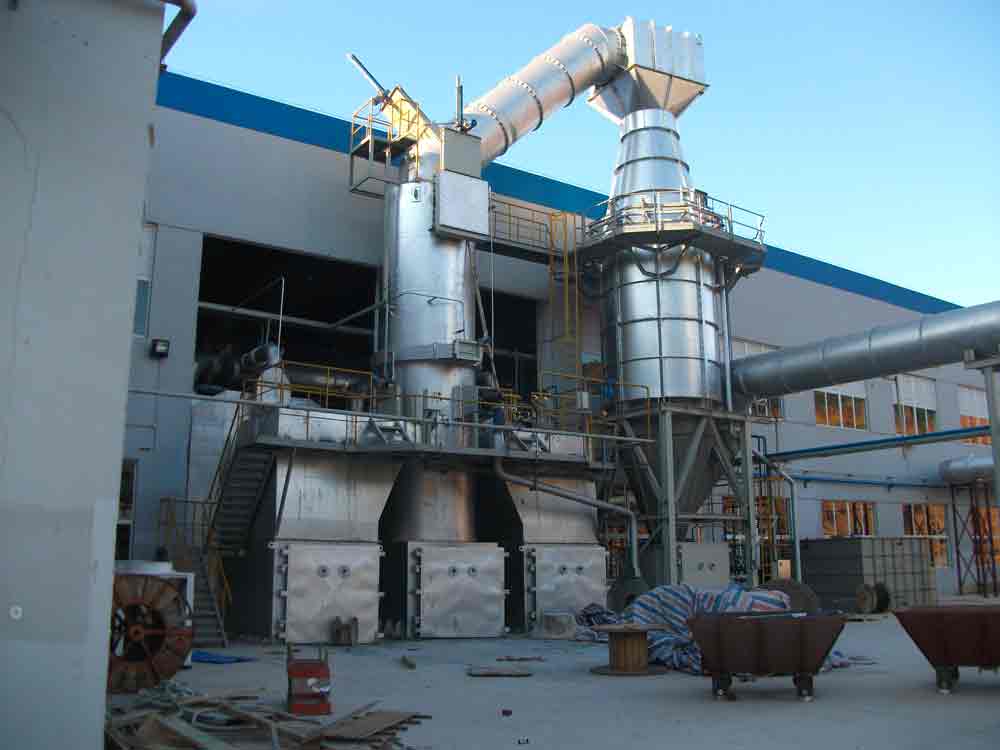At GME, we understand the significance of lead-acid battery recycling in today’s environmentally conscious world. Lead-acid batteries have long been utilized across various industries, but their improper disposal poses serious environmental hazards. However, as the global concern for environmental sustainability continues to rise, the safe and efficient recycling of lead-acid batteries has become a crucial focus. In this article, we will explore the innovative solutions and cutting-edge technologies that are revolutionizing the lead-acid battery recycling industry. Moreover, we will delve into successful approaches that have been adopted to address the environmental impact and maximize resource recovery.
The Importance of Lead-Acid Battery Recycling
We recognize the importance of lead-acid batteries are widely used due to their reliability and cost-effectiveness. However, they contain hazardous materials such as lead, sulfuric acid, and various metals, making them potentially harmful to the environment if not disposed of properly. Recycling lead-acid batteries not only prevents environmental pollution but also offers the opportunity to recover valuable materials for reuse. This underscores the need for innovative and sustainable recycling solutions.
Innovative Technologies for Lead-Acid Battery Recycling
Advanced Separation Techniques
Traditional recycling methods involve manual disassembly and separation of battery components. However, advanced technologies have emerged to streamline this process. One such technique is a complete NEW Breaking system completely based on Gravity force and inertial mass which perfectly separate all the 5 elements composing a ULAB while reduces up to 50% the energy consumption. This method allows for efficient separation of lead, plastic, and electrolyte materials, enabling higher recovery rates and reduced environmental impact.
battery-vibrating-feeder
Smelting and Refining Technologies
Smelting and refining are essential processes in lead-acid battery recycling. in GME Innovative smelting technologies have been developed to recover lead from battery grids and paste efficiently. These technologies utilize specialized furnaces with advanced emission control systems, minimizing the release of harmful substances into the atmosphere. Moreover, refining techniques have evolved to ensure the production of high-quality lead, reducing the oxidation formation down to ZERO.

Primay-chambers-for-rotaries-with-after-burner-plus-quencher
Electrochemical Approaches
Electrochemical methods are gaining traction as sustainable alternatives for lead-acid battery recycling. One notable technique is the electrochemical dissolution of lead from battery plates, which eliminates the need for high-temperature smelting processes. This approach offers energy savings, reduced greenhouse gas emissions, and the potential for high-purity lead production. Additionally, advancements in electrowinning technologies have enabled the recovery of other valuable metals, such as silver and gold, from the battery electrolyte.
Successful Approaches in Lead-Acid Battery Recycling
1. Collaborative Efforts
Successful lead-acid battery recycling initiatives often involve collaboration between battery manufacturers, recycling facilities, regulatory bodies, and environmental organizations. These collaborations aim to establish industry-wide standards, promote responsible recycling practices, and raise awareness among consumers and businesses. By pooling resources and expertise, stakeholders can create a more sustainable and efficient recycling ecosystem.
2. Public-Private Partnerships
Public-private partnerships have proven instrumental in developing innovative lead-acid battery recycling solutions. Governments, research institutions, and private enterprises join forces to support research and development, fund pilot projects, and create favorable regulatory frameworks. Such partnerships facilitate the adoption of cutting-edge technologies and promote the growth of a circular economy for lead-acid batteries.
3. Automation and Robotics
Automation and robotics play a pivotal role in enhancing the efficiency and safety of lead-acid battery recycling processes. Robotic systems are increasingly used for tasks such as battery disassembly, component sorting, and material separation. These technologies improve accuracy, reduce human exposure to hazardous materials, and optimize resource recovery rates. Automation also enables the processing of larger volumes of batteries, contributing to the scalability of recycling operations.

Environmental and Economic Benefits
The implementation of innovative lead-acid battery recycling solutions brings about significant environmental and economic benefits. By minimizing the release of hazardous substances into the environment, these approaches reduce soil and water contamination, air pollution, and the depletion of natural resources. Additionally, the recovery of valuable materials from recycled batteries helps conserve raw materials, reduces production costs for battery manufacturers, and stimulates the growth of secondary markets for battery components.
At GME, we are committed to transforming lead-acid battery recycling into a safe, efficient, and economically viable practice. Innovative lead-acid battery recycling solutions are vital for minimizing environmental impact and maximizing resource recovery. Advanced separation techniques, smelting and refining technologies, and electrochemical approaches have revolutionized the recycling process, offering higher efficiency and reduced environmental footprint. Successful approaches, such as collaborative efforts, public-private partnerships, and the integration of automation and robotics, are driving the industry forward. Through these innovative solutions, we can ensure a sustainable future by transforming lead-acid battery recycling into a safe, efficient, and economically viable practice.
Comments are closed.

